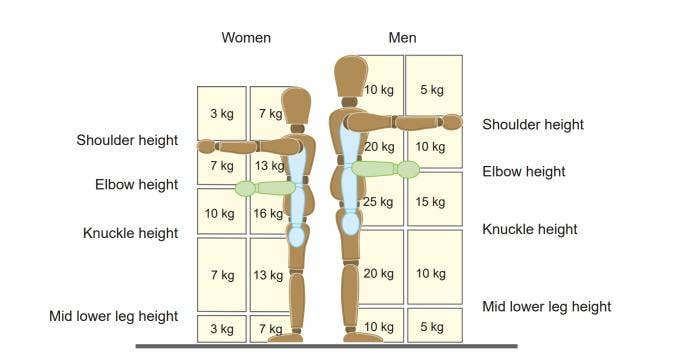Artbyrobot
New Member
I have been chipping away at building some humanoid robots for some years now and wanted to share my build with you all in order to give away my ideas freely as well as pick up some ideas from the community. It's certainly a hard project in some ways. My goal is to have the robots pass for human in appearance and movement. I want them to be able to do chores, manufacture products, and make more robots just like themselves.
Here's the CAD design:

Here's the CAD design:

